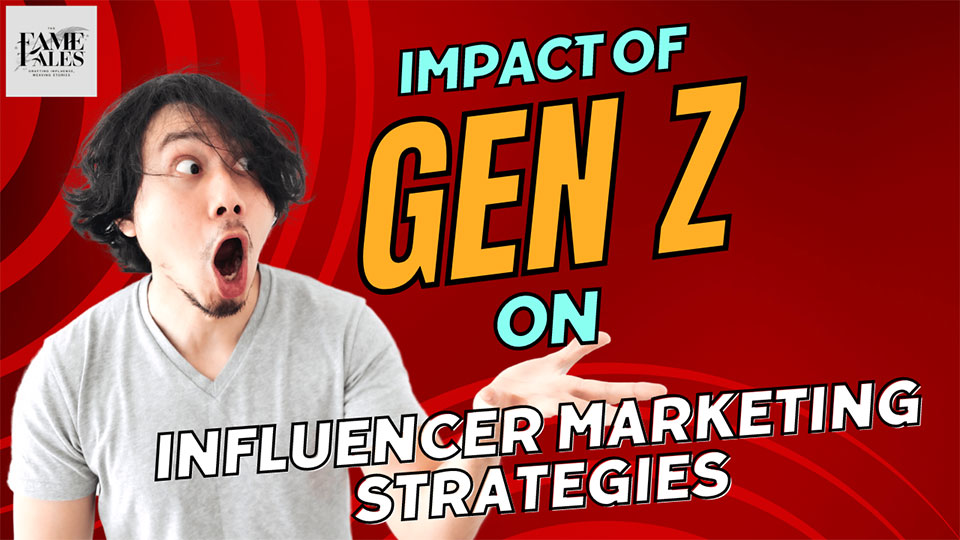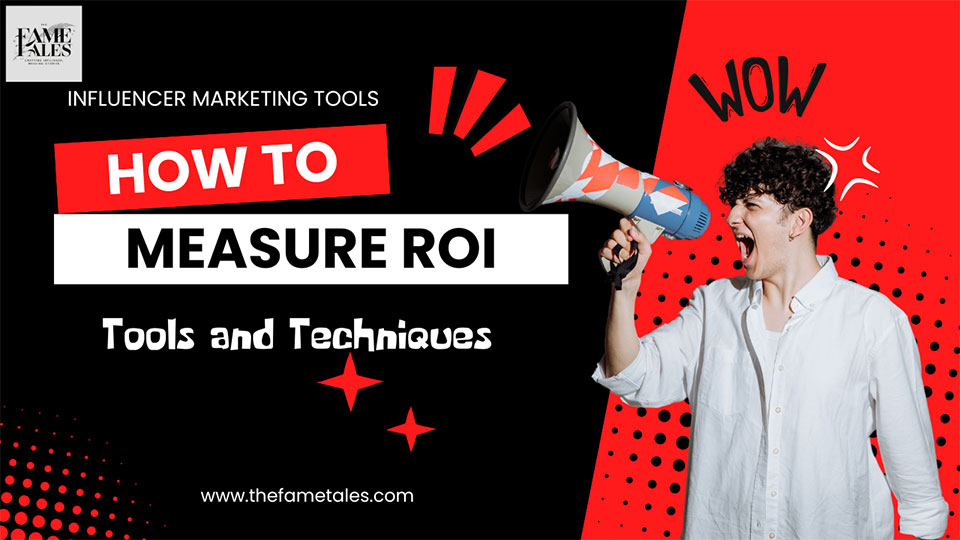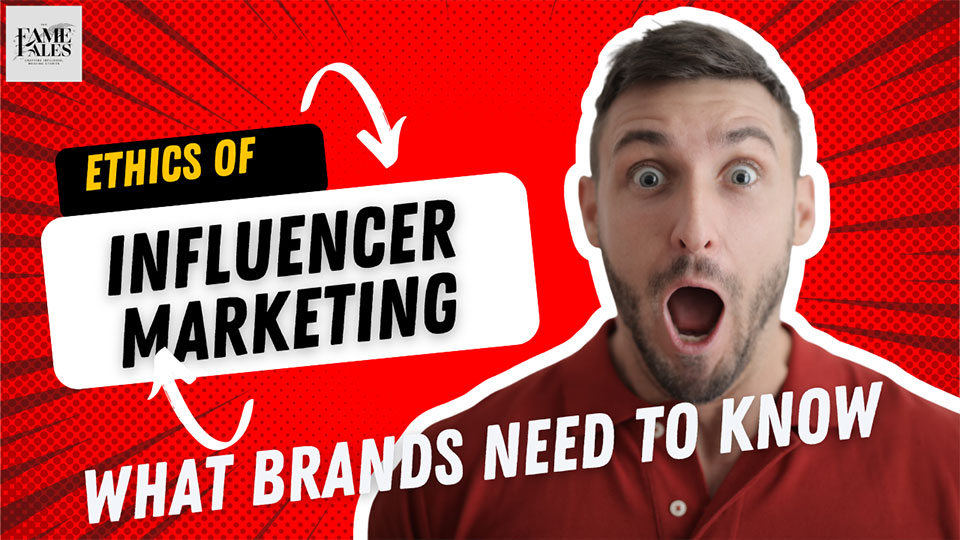How to Avoid Common Pitfalls in Influencer Marketing Campaigns

Introduction
In the fast-paced world of digital marketing, influencer marketing has become a cornerstone strategy for brands seeking to connect with consumers, drive engagement, and boost sales. However, despite its potential for success, influencer marketing campaigns are not without their challenges and pitfalls. From authenticity issues to measurement woes, brands must navigate a myriad of obstacles to ensure the effectiveness and integrity of their influencer partnerships. In this comprehensive guide, we'll explore the common pitfalls in influencer marketing campaigns and provide actionable strategies to avoid them, empowering brands to maximize the impact of their influencer collaborations.
Understanding Common Pitfalls in Influencer Marketing Campaigns
Influencer marketing campaigns can encounter various challenges that hinder their success and effectiveness. Some of the most common pitfalls include:
1. Lack of Authenticity
Inauthentic content and endorsements can undermine the credibility and trustworthiness of influencer marketing campaigns. When influencers promote products or services that they don't genuinely believe in or align with, their endorsements ring hollow, leading to disengagement and skepticism from their audience.
2. Poor Audience Alignment
Mismatched influencers whose audience demographics, interests, and values don't align with the brand's target market can result in ineffective campaigns. Without proper audience alignment, brands risk reaching an audience that lacks interest or relevance to their products or services, leading to low engagement and conversion rates.
3. Overlooking Disclosure Requirements
Failure to disclose sponsored content and paid partnerships violates regulatory guidelines and undermines transparency in influencer marketing campaigns. Brands and influencers must adhere to disclosure requirements by clearly and conspicuously indicating when content is sponsored or paid for.
4. Misaligned Expectations
Miscommunication or unclear expectations between brands and influencers can lead to disappointment and frustration on both sides. Brands may expect certain deliverables or results that influencers are unable to fulfill, while influencers may feel undervalued or misrepresented in the partnership.
5. Measurement and ROI Challenges
Measuring the ROI (Return on Investment) and effectiveness of influencer marketing campaigns can be challenging due to the lack of standardized metrics and attribution models. Brands may struggle to quantify the impact of influencer collaborations and justify their investment in influencer marketing.
Strategies to Avoid Pitfalls in Influencer Marketing Campaigns
1. Prioritize Authenticity and Transparency
Authenticity and transparency should be the cornerstone of influencer marketing campaigns. Collaborate with influencers who genuinely believe in your brand and products, and encourage them to create content that reflects their authentic experiences and opinions. Ensure clear disclosure of sponsored content to maintain transparency with the audience.
2. Thoroughly Vet Influencers
Take the time to thoroughly vet influencers before engaging in partnerships. Research their audience demographics, engagement rates, content quality, and past collaborations to ensure alignment with your brand values and target market. Choose influencers whose audience aligns with your target audience to maximize relevance and effectiveness.
3. Set Clear Expectations and Guidelines
Establish clear expectations, guidelines, and deliverables for influencer partnerships from the outset. Communicate your brand message, objectives, and desired outcomes clearly to ensure alignment with influencers. Provide detailed briefs and creative direction to guide influencers in creating content that resonates with your brand identity and goals.
4. Invest in Relationship Building
Invest in building long-term relationships with influencers based on mutual respect, trust, and collaboration. Cultivate open communication and feedback channels to foster a positive working relationship with influencers. By nurturing these relationships, brands can ensure ongoing authenticity, consistency, and effectiveness in influencer marketing campaigns.
5. Utilize Data and Analytics
Harness the power of data and analytics to measure the effectiveness and ROI of influencer marketing campaigns. Implement tracking mechanisms, such as UTM parameters and affiliate links, to attribute website traffic, conversions, and sales to influencer collaborations. Use analytics tools to monitor engagement metrics, audience sentiment, and campaign performance in real-time.
Conclusion
Influencer marketing campaigns hold immense potential for brands to engage with consumers, drive awareness, and achieve marketing objectives. However, navigating the pitfalls and challenges inherent in influencer partnerships requires careful planning, communication, and strategy. By prioritizing authenticity, transparency, and alignment with influencers and audiences, brands can avoid common pitfalls and unlock the full potential of influencer marketing as a powerful tool for brand growth and success in the digital age.
As brands continue to innovate and evolve their influencer marketing strategies, it's essential to remain vigilant and proactive in addressing challenges and adapting to changing market dynamics. By staying informed, strategic, and committed to ethical practices, brands can build meaningful relationships with influencers and audiences, driving long-term engagement, loyalty, and brand advocacy.
Other Blog
- Influencer Marketing for Small Businesses: Tips and Tricks
- The Impact of Gen Z on Influencer Marketing Strategies
- How to Find the Right Influencers for Your Brand in 2024
- The Rise of Micro-Influencers in 2024: Why Smaller is Bigger
- How to Measure ROI in Influencer Marketing: Tools and Techniques
- The Benefits of Long-Term Influencer Partnerships
- How to Use Influencer Marketing for Product Launches
- The Ethics of Influencer Marketing: What Brands Need to Know
- How to Avoid Common Pitfalls in Influencer Marketing Campaigns
- The Future of Influencer Marketing: Predictions for the Next 5 Years
Related Blogs

Influencer Marketing for Small Businesses: Tips and Tricks

The Impact of Gen Z on Influencer Marketing Strategies

How to Find the Right Influencers for Your Brand in 2024

The Rise of Micro-Influencers in 2024: Why Smaller is Bigger

How to Measure ROI in Influencer Marketing: Tools and Techniques

The Benefits of Long-Term Influencer Partnerships

How to Use Influencer Marketing for Product Launches

The Ethics of Influencer Marketing: What Brands Need to Know

How to Avoid Common Pitfalls in Influencer Marketing Campaigns

